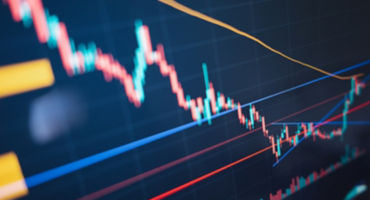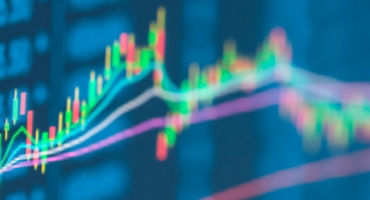Seeing eye to eye again
Although the sharp divergence between credit spreads and equity volatility lasted for two years, the two risk measures appear to be reconverging of late. A simple visual examination of Figure 1 suggests that it was a change in the pricing of credit risk that did most of the work to bring the relationship back into balance. Since January 2022, credit spreads have widened considerably, rising to meet equity volatility, which has remained anomalously stable throughout the 20%+ drawdown that markets have experienced over the past six months.
Can it last?
Now that the relationship between the two appears to have normalized, a key question for investors implementing cross-asset trades is what the prospects are for “things to go back to the way they were.” I’d say there’s now a much better chance that they’ll remain connected, thanks to a more recent change in the supply/demand picture for credit assets.
In my view, the shrinking supply of equity volatility was a key driver of the initial divergence between credit spreads and equity volatility, as it resulted in an elevated clearing price for equity volatility. This dynamic doesn’t appear to have changed, suggesting that the likelihood of the two risk measures continuing to converge is limited. However, credit has now lost some support as well, which may serve to drive up its equilibrium clearing level. With Fed interest-rate hikes and quantitative tightening (QT) now well underway, the excess liquidity that was finding its way into credit markets should be diminished, similarly raising its equilibrium clearing level.
My bottom line: Going forward, while the relationship between credit spreads and equity volatility may be less stable than it was before their 2020 “split,” I think the onset of QT means that the two risk measures are now more likely to stay “coupled” than not. In effect, cross-asset hedging strategies should hopefully fare better in the period ahead.












